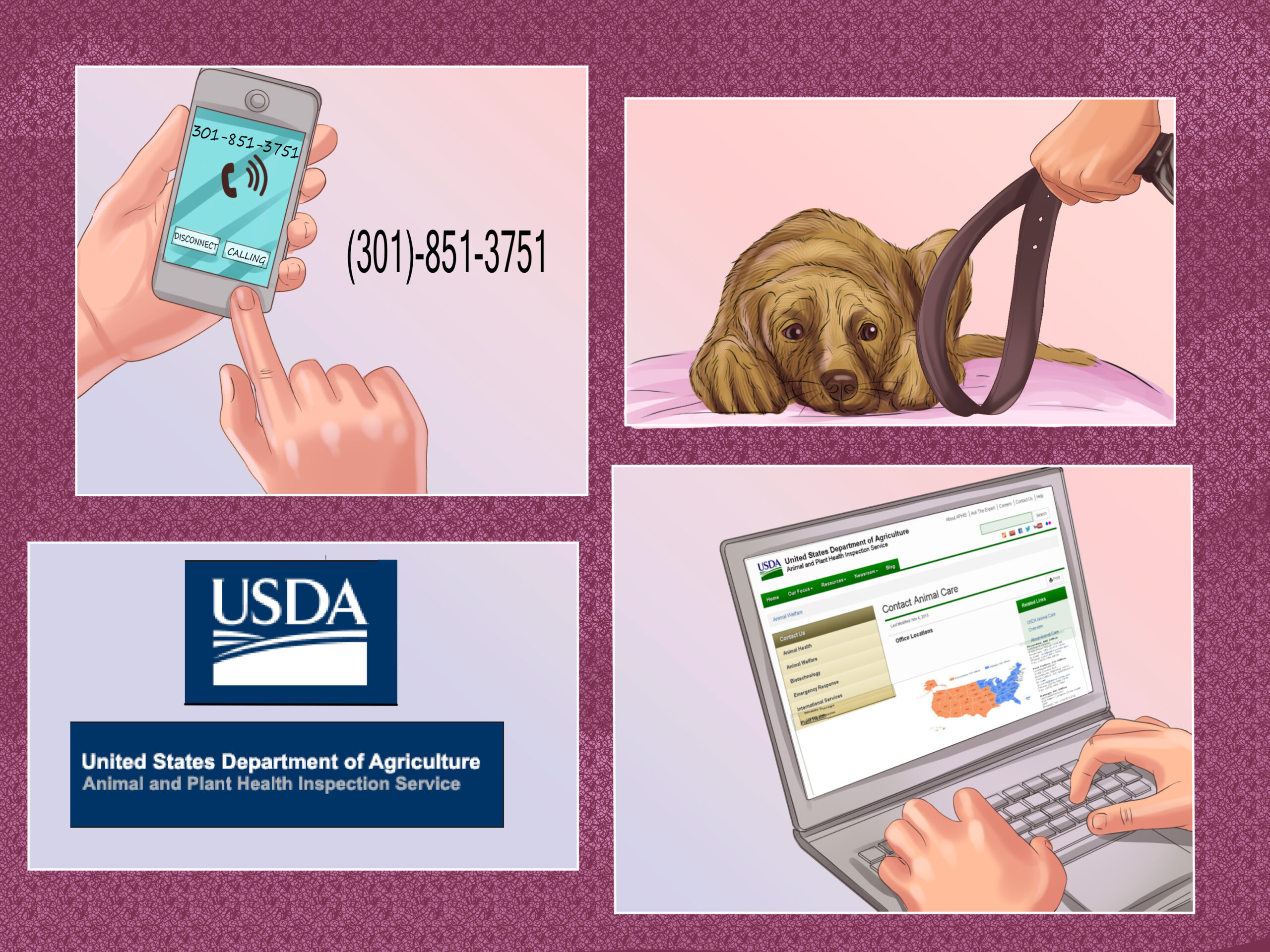In today’s digital landscape, social media platforms serve as powerful tools for advocacy and change. With millions of users worldwide, Facebook has become a hub where discussions about animal rights flourish. Yet, while this platform can amplify voices in support of animal welfare, it can also harbor troubling content, including images and videos that depict animal cruelty. Faced with such distressing materials, one might wonder: How can we respond to these barbarities effectively, using the same media that sometimes perpetuates them? This article serves as a guide on how to report animal cruelty on Facebook, a responsible digital step towards mitigating harm.
The first step in reporting animal cruelty on Facebook involves recognizing the signs of abuse. Animal cruelty can materialize in various nefarious forms, such as neglect, physical abuse, or even the promotion of illegal activities involving animals. Victims might include forlorn pets abandoned on the streets, wild animals caught in traps, or even animals subjected to inhumane treatment in shelters. Understanding these aspects is crucial before confronting the wider community or the platform itself.
However, identifying instances of animal cruelty can pose challenges. You may come across content that is ambiguous or may not immediately strike you as cruel. For example, a video of a distressed animal might elicit feelings of sympathy, but if its context is unclear, discerning whether it qualifies as abuse can be problematic. Foster discernment by thoroughly assessing the circumstances involving the animal. Ask yourself: What are the signs of distress? Is the animal in immediate danger? The more informed you are, the more effectively you can take the necessary actions.
Once you’ve discerned content that constitutes animal abuse, reporting it on Facebook is relatively straightforward. Navigate to the post or the account that shared the troubling material. Find the three dots in the upper right corner of the post – this icon symbolizes your entry point into more options. Click on it, and select ‘Find Support or Report Post.’ This will open a menu that allows you to specify the nature of your report.
When faced with a drop-down menu, it is imperative to choose ‘Abuse’ or ‘Animal Cruelty.’ This step is crucial as it properly categorizes your concern, ensuring that Facebook channels your report to the appropriate team for review. Afterwards, you may also have the opportunity to provide additional details or context about the post, which enhances the clarity of your report.
After submitting your report, it’s natural to feel a surge of anxiety about whether your action will lead to positive change. While waiting for Facebook to process your report, consider engaging with other like-minded individuals. Share your findings and encourage your network to be vigilant, teaching them how they can report abuse themselves. Remember: Collective vigilance can significantly amplify the impact of each individual report.
It is important to manage your expectations regarding Facebook’s response. The platform receives a multitude of reports across various categories daily, and though they strive to address each one responsibly, it may take time for them to address your concern. Nonetheless, persistent reporting of abusive content can lead to a more humane online environment. When just one post is appropriately flagged, it creates ripples of awareness about animal welfare in the community.
Broadening the horizon of our impact means moving beyond merely reporting individual incidents. For those deeply committed to animal rights, leveraging Facebook as an advocacy avenue presents a unique opportunity. Create a dedicated group focused on animal welfare, generating discussions about prevention and reporting processes to ensure a proactive stance against cruelty. Use the platform’s tools to share informative posts, images, and videos to raise awareness, educating others on how to recognize and report abuse.
Advocacy doesn’t end at reporting; it also involves outreach to local animal welfare organizations. Tag these organizations in your posts to provide them with direct avenues to respond to reported incidents. Many local shelters and rescue groups rely on community support and reports to address cases of animal cruelty promptly. By collaborating with these organizations, you create a more robust network of care that can be responsive to cruelty cases.
Yet, even amid this collaborative synergy, let us not overlook the importance of self-care when immersed in such distressing topics. Witnessing animal cruelty can take an emotional toll, leading to feelings of helplessness or despair. It is paramount to take breaks and seek support from friends or mental health professionals if the content becomes overwhelming. Remember, your activism is most effective when you are mentally and emotionally stable.
In conclusion, reporting animal cruelty on Facebook is not merely a responsible digital step; it’s an imperative action that can protect vulnerable lives. By utilizing the tools available within the platform, you can play an essential role in tackling animal abuse. As a united front, individuals working collectively can cultivate greater awareness, foster vigilant communities, and encourage responsible digital citizenship. Together, we can turn the tide against animal cruelty, transforming outrage into action and despair into hope. Now, take that courageous first step, and become part of the solution.





